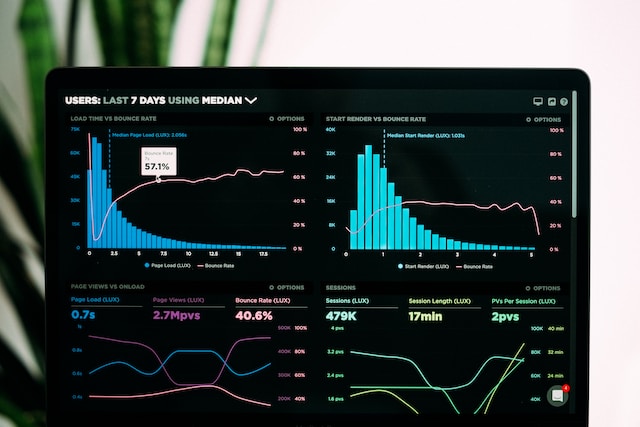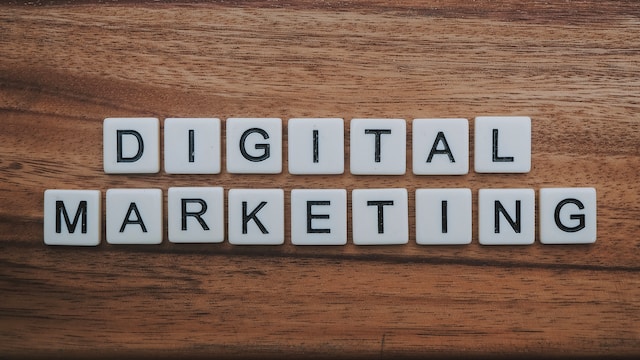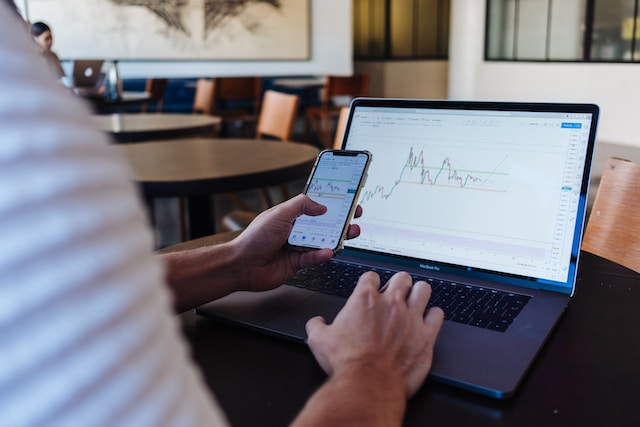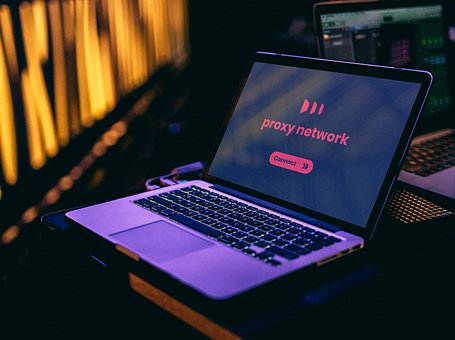Industries are experiencing a new wave of technologies, from IoT to artificial intelligence, which may greatly impact us and our surrounding world. This article concludes the main ideas from a white book named “the top transformative technologies to watch this year” released by IHS Markit, a leading global information service company.
1. Artificial Intelligence(AI)
Artificial intelligence is the simulation of human intelligence processes by machines, especially computer systems. These processes include learning (the acquisition of information and rules for using the information), reasoning (using the rules to reach approximate or definite conclusions), and self-correction. Particular applications of AI include expert systems, speech recognition, and machine vision (definition source: http://searchcio.techtarget.com)
AI has already grown to a certain degree. The trend shows that several industries, including smartphones, healthcare, and automotive, tend to put more effort into AI research and development. At present, AI has been focused on two practices: device and cloud-based. Both approaches have pros and cons. Cloud AI is more competent to analyze data since it utilizes deep learning algorithms, but there are potential threats around privacy, latency, and stability. A stronger on-device AI can help offset those dangers to some degree; for instance, smartphone users who deploy the built-in AI of their phones are able to store data locally and thus safeguard their privacy.
2. Internet of Things(IoT)
The Internet of Things (IoT) is the network of physical devices, vehicles, home appliances, and other items embedded with electronics, software, sensors, actuators, and network connectivity which enables these objects to connect and exchange data.
IHS Markit predicts the global installed base of IoT devices will rise from 27 billion in 2017 to 73 billion in 2025. The enhanced connectivity options with edge computing and cloud analytics will lead to the acceleration of IoT growth in 2020 and IoT evolution of the four-stage, connecting, collecting, computing, and creating.
The enhancement of IoT connectivity, such as low-power wireless access(LPWA) and 5G, will drive this growth. Moreover, technologies relevant to IoT will become more mature. Machine video and ubiquitous video will provide consecutive data support for visual analytics; and artificial intelligence, the Cloud, and virtualization will help develop critical insights sourced from data at the so-called “edge” of computing networks. Applying techniques to data will drive monetization in the form of cost savings, greater efficiencies, and a transition from product-centric to service-centric business models.
3. Cloud & Virtualization
Cloud computing is an information technology (IT) paradigm that enables ubiquitous access to shared pools of configurable system resources and higher-level services that can be rapidly provisioned with minimal management effort, often over the Internet.
Cloud services will smoothen the road for technologically immature companies to utilize machine learning and artificial intelligence, transforming their usage and understanding of data radically.
4. Connectivity
Connectivity refers to the ability to link and communicate with other people, devices, computer systems, software, or the internet.
Along with the first emergence of 5G commercial deployment, connectivity must become a focal point in 2020. However, the path to full 5G deployment and adoption is complicated, thus, for mobile network operators, infrastructure providers, device manufacturers, and end-users, opportunities, and challenges come along. 5G- the next generation of cellular technology after LTE- represents a dramatic expansion of traditional cellular technology use cases beyond mobile voice and broadband, including a multitude of IoT and mission-critical applications.
5. Ubiquitous Video
Ubiquitous Video refers to the ability to capture, create, consume, and distribute video content almost anywhere. The explosive growth of video services has been driven by multiple factors, including the high penetration of camera-enabled mobile phones and commoditization, which have enabled displays of various sizes and shapes to be placed in almost any location with a range of wired and wireless connectivity options.
Screens and cameras are widely applied to the consumer- and enterprise- devices. Along with the increasing growth of broadcast, fixed, and mobile data networks, which has thrown a bomb in video consumption, creation, distribution, and data traffic. More importantly, video content is increasingly expanding beyond entertainment into industrial applications for medical, education, security, and remote controls, as well as digital signage.
6. Computer Vision
Computer vision is an interdisciplinary field that deals with how computers can be made for gaining a high-level understanding of digital images or videos. From the perspective of engineering, it seeks to automate tasks that the human visual system can do.
The increasing importance of computer vision is directly tied to the mega-trend of digitalization that has been playing out in the industrial, enterprise, and consumer segments over the past 20 years. The proliferation of image sensors, as well as improvements in image processing and analysis, have enabled a broad range of applications and use cases including industrial robots, drone applications, intelligent transportation systems, high-quality surveillance, medical applications, and automotive safety.
7. Robots and Drones
Robots and drones are autonomous or semi-autonomous machines that are capable of completing complex, often repetitive actions. Robots may be fixed or mobile but typically land-based, while drones are commonly viewed as aerial and include fixed-wing, rotor-based, airships, and balloons.
The global market for robots and drones will grow to 3.9 billion U.S. dollars in 2020. Moreover, robots and drones could possibly subvert the traditional business models that have been running in manufacturing for years and brings a significant impact on fields such as logistics, material picking and handling, navigational autonomy, and delivery.
8. Blockchain
The Harvard Business Review describes it as “an open, distributed ledger that can record transactions between two parties efficiently and in a verifiable and permanent way”. A blockchain is a continuously growing list of records, that utilizes cryptography and timestamps to provide a permanent record of various types of transactions and interactions.
Blockchain enables decentralized transactions, and it is the basis of digital currency, such as Bitcoin and ether. It is obvious that blockchain has penetrated the financial service industry since its early adoption of blockchain in payments-related solutions. In 2020, Blockchain-based services will continue to prevail beyond financial services as they have already been developed and deployed, which include: the use of blockchain to improve advertising measurement and combat adfraud; blockchain-based systems for distributing music royalty payments; solutions to better track and manage electronics supply chains.




